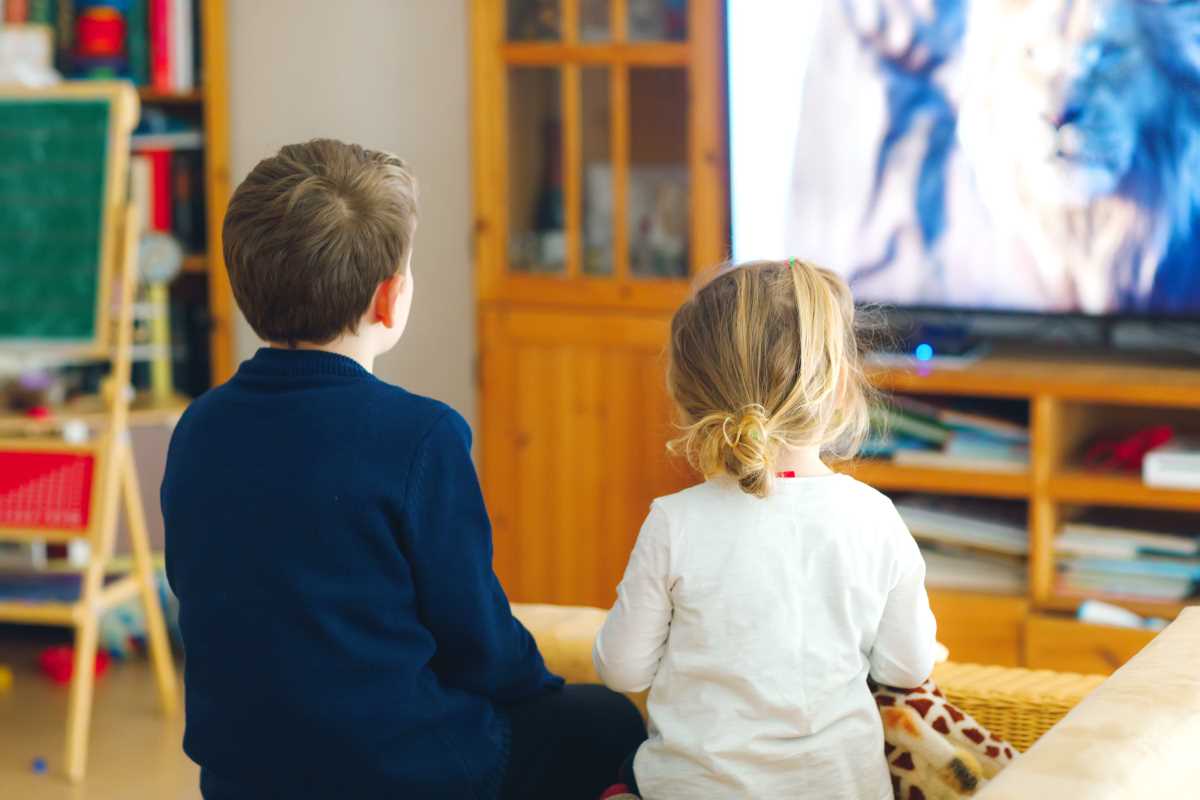Small changes in a child's daily habits or play can reveal important clues about their sensory experiences. Careful observation during routine activities, such as mealtime or playtime, often uncovers subtle responses that may indicate sensory concerns. Noticing these details early allows adults to respond with understanding and support before challenges grow. This guide outlines key behaviors to watch for and offers clear, realistic steps to address any concerns. By paying close attention to how children react in different situations, adults can create a more comfortable and supportive environment that encourages confidence and well-being in everyday life.
Building awareness of sight and sound milestones lays the foundation for interventions that protect a child’s development. Clear examples of how sensory perception unfolds help caregivers connect the dots between everyday actions and possible signs that need closer attention.
Hidden Clues That Might Be Overlooked
- Frequent squinting or tilting the head: When a child tilts the head or squints repeatedly during drawing or screen time, they strain to focus. This behavior may indicate vision issues. Notice if they move objects closer by at least three inches over several sessions, then compare comfort levels under different lighting. Tip: Offer varied light sources and see which reduces squinting most.
- Avoiding noisy play areas or covering ears: A little one who shies away from casual chatter, music or clattering toys might struggle to filter sounds. This pattern can hint at hearing issues. Track reactions in both quiet rooms and bustling spaces. Tip: Use soft headphones during noisy chores to test response changes.
- Unsteady eye contact during interaction: Children who glance away rapidly while someone speaks or reads aloud can miss visual cues paired with words. Observe over three story times whether they re-engage when a page is turned or skip back for better focus. Tip: Sit at varied angles to identify consistent avoidance patterns.
- Difficulty following fast-moving objects: When a child lags behind a rolling ball or flying disc more than twice in play sessions, they may have tracking challenges. Conduct simple ball toss games in three steps: toss, encourage the catch, then ask “Where did it go?” Tip: Try games with colorful objects to spark visual tracking.
- Reacting only to loud noises: A child who responds to stomps or door slams but misses whispered names or soft music may have trouble hearing certain frequencies. Perform a two-part check: call their name gently from behind and then clap near an ear. Note which triggers cause the fastest gaze shift. Tip: Record reaction times on a simple chart for patterns.
Milestones in Vision and Hearing Development
- Newborn focus and startle reflex: During the first month, infants focus on contrasting patterns and respond to sudden sounds with a twitch or blink. Track whether they fixate on faces for at least two seconds during three feedings. Missing a startle response at three weeks warrants a closer look.
- Color recognition and babbling: By three months, babies distinguish reds and greens and enjoy vocal play. Offer three colorful toys during a play session and note whether they reach for each hue. Listen for varied coos—missing either suggests further observation.
- Tracking moving objects and voice orientation: At five months, infants follow toys across a full 180-degree arc and turn toward familiar voices. Use a rolling ball or soft toy, moving it slowly around them while speaking their name three times. Lack of coordinated visual or auditory tracking signals a need for follow-up.
- Responding to name and reaching: Around eight months, children usually react to their name and reach accurately for toys. Call their name from across a room and place a reachable object near them three times. Missing both responses in multiple attempts can indicate emerging sensory barriers.
- Clear words and hand–eye coordination: By twelve months, simple words appear alongside improved grasping and pointing. Offer two toys and model naming each, then ask the child to point. If either speaking or pointing lags, explore vision and hearing evaluations.
Practical Ways to Spot Subtle Signs
1. Observation Journaling
Purpose: Develop a pattern of daily sensory reactions through simple notes.
- Steps:
- Choose a notebook or digital note app.
- Record three play sessions, noting eye contact, sound reactions, and mobility.
- Compare entries over a week to detect consistent behaviors.
- Cost: Free with any notebook or phone.
- Insider tip: Use voice memos to capture details on the go.
2. Structured Playtime Checklists
Purpose: Guide interactive tests for sight and hearing during fun activities.
- Steps:
- Create a checklist of five objects with varied colors and sounds.
- Present each item in a random order.
- Record attention span and reactions.
- Metric: Rate responses on a scale of one to five.
- Insider tip: Use household objects like metal spoons or plush toys to keep costs zero.
3. Sound Mapping Walks
Purpose: Assess responsiveness to environmental noise in natural settings.
- Steps:
- Take three short walks around the neighborhood.
- At each stop, mimic common sounds—bird chirp, car horn, doorbell—spoken softly and loudly.
- Observe gaze shifts and ask questions.
- Cost: None beyond travel.
- Insider tip: Choose varied locations for diverse acoustic challenges.
4. Mirror Motion Tests
Purpose: Check visual tracking and motor coordination at home.
- Steps:
- Stand three feet away holding a mirror with a colorful frame.
- Move it slowly left-to-right, up-and-down, then in circles.
- Encourage the child to follow the reflection and describe what they see.
- Cost: Under $10 for a child-friendly mirror.
- Insider tip: Use a mirror with a fun shape to sustain interest longer.
5. Interactive Reading Sessions
Purpose: Combine sight and sound assessment during story time.
- Steps:
- Pick a picture book rich in images and simple text.
- Read aloud while pointing to each illustration.
- Pause and ask the child to name colors or discuss sounds depicted.
- Cost: Usually under $15 for a paperback.
- Insider tip: Choose a book with flaps or textures to deepen engagement.
Next Steps and Professional Help
After tracking consistent behaviors, consider a specialist evaluation using simple, noninvasive tools to understand your child’s sensory profile. Bring your notes and checklists to support the process and guide clear, personalized care. These steps turn concern into confidence, helping every child thrive with informed support.
 (Image via
(Image via





